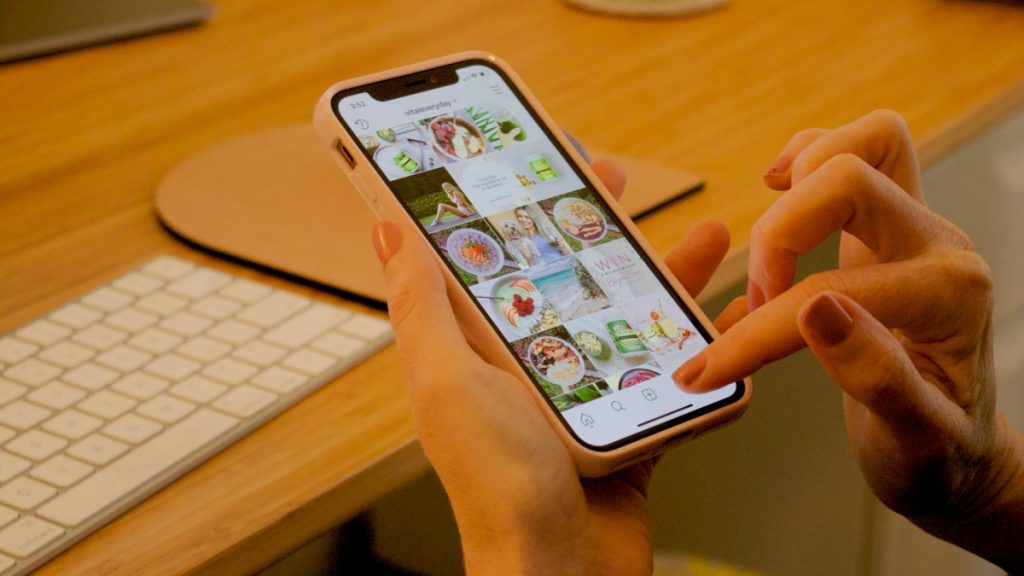Social media today is not just as a platform for social interaction but also as a vibrant stage for creative expression. For students, these platforms offer a unique opportunity to showcase their talents, share their ideas, and connect with like-minded individuals across the globe. With the ease of access to various tools and a vast audience, social media has become an indispensable channel for artistic and innovative pursuits. This article explores how students can effectively utilize social media to express their creativity while also balancing their academic responsibilities. From choosing the right platform to engaging with a community, we will delve into practical strategies that help students harness the power of social media to fuel their creative endeavors.
Choosing the Right Platform
Contents
The choice of platform can significantly influence the success of your creative outputs on social media. Each platform caters to different types of content and audiences, making the selection critical to your creative expression. For instance, Instagram and Pinterest are ideal for visual artists and photographers due to their image-centric formats, while TikTok offers a dynamic stage for those interested in video content, such as dance and short performances. YouTube remains a powerhouse for longer-form content, appealing to filmmakers, musicians, and educators who require more time to convey their messages.
Moreover, understanding the tools and features specific to each platform can greatly enhance your ability to present your creative work. For example, Instagram offers various editing features and filters that can help photographers and graphic designers enhance the visual appeal of their posts. Similarly, TikTok’s algorithm favors high-engagement content, making it essential for creators to produce engaging and interactive videos to gain visibility.
For students who are particularly concerned about maintaining a professional online presence or those involved in more academic content creation, platforms like LinkedIn can be useful. Here, one might also explore specialized services that cater to academic needs, such as an APA paper writing service, which can assist in maintaining academic integrity and professionalism in presentations and written content shared online.

Developing a Unique Style
Establishing a unique style or theme on social media is crucial for standing out in an overcrowded digital space. A distinct creative voice and aesthetic can attract a dedicated following and define your brand as a creator. Students can begin by experimenting with different types of content to see what resonates most with both their personal interests and their audience.
To develop a unique style, start by analyzing what successful peers in your field are doing. Identify trends and elements that appeal to you, and consider how you can incorporate them into your work with a personal twist. Whether it’s through a consistent color scheme, a specific type of content, or a unique way of engaging with your audience, consistency is key. It helps your followers know what to expect and builds a cohesive feed.
Showcasing examples of successful accounts can also provide inspiration. For instance, a fashion student might highlight their daily outfits using a specific filter or backdrop that becomes recognizable to their followers. Similarly, a graphic design student might use a signature watermark or style that appears in all their works. By maintaining consistency, students not only hone their unique style but also build a personal brand that followers can easily identify and connect with.
Engaging with the Community
Engaging with the community on social media is more than just about gaining followers; it’s about creating meaningful connections and fostering a supportive network. Interaction is key to building an engaged audience. Students can enhance their community engagement by actively participating in conversations, responding to comments, and even collaborating with other creators.
Methods such as hosting live sessions, Q&As, and polls can make the experience more interactive and give followers a sense of involvement in the creative process. For instance, a student artist might ask followers to choose between two designs or themes for their next project. This not only boosts engagement but also makes followers feel like they are part of the creative journey.
Furthermore, leveraging hashtags and participating in trends relevant to your niche can increase visibility and attract like-minded individuals to your profile. For example, joining challenges, using common hashtags in your field, or contributing to trending topics can expose your work to a broader audience who shares similar interests.
Balancing Creativity with Academic Responsibilities
While social media offers a fantastic platform for creative expression, it’s crucial for students to balance this with their academic responsibilities. Effective time management is essential to ensure that social media activities do not detract from academic performance.
One practical approach is to schedule specific times for social media activities, much like setting aside time for study and classes. Utilizing tools like social media management platforms can help pre-schedule posts, allowing students to maintain an active online presence without compromising study time.
Moreover, integrating social media projects with academic work can be beneficial. For instance, students in media, communications, or digital arts could use assignments as content for their social media channels. This dual-purpose strategy not only saves time but also enriches academic projects with real-world feedback and engagement.
Using social media creatively is not without its challenges. Students may face issues such as changes in platform algorithms, fluctuating engagement rates, and the pressure of constantly generating new content. It is important for students to remain adaptable and resilient in the face of such challenges.
When engagement drops or algorithms change, it’s crucial to stay updated and adapt your strategies accordingly. Keeping informed about platform updates and modifying your content to align with these changes can help maintain visibility and engagement.
Additionally, dealing with negative feedback constructively is crucial. Learning from criticism and using it to improve can significantly enhance your creative output. For setbacks that seem overwhelming, taking a step back to reassess and plan can provide new perspectives and renewed motivation.
Conclusion
Social media serves as a powerful tool for students to explore and express their creativity. By choosing the right platform, developing a unique style, engaging with the community, balancing social media with academic duties, and navigating potential challenges, students can effectively use these digital spaces to enhance their creative skills and build a significant following.
Encouraged to embrace the opportunities that social media presents, students should approach this endeavor with a strategy and mindfulness to make the most out of their creative pursuits. With perseverance and the right approach, social media can not only be a creative outlet but also a catalyst for personal and professional growth.


